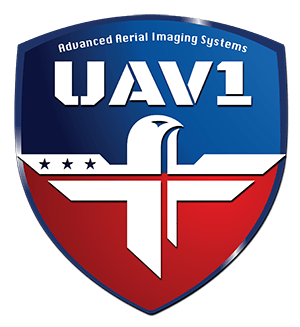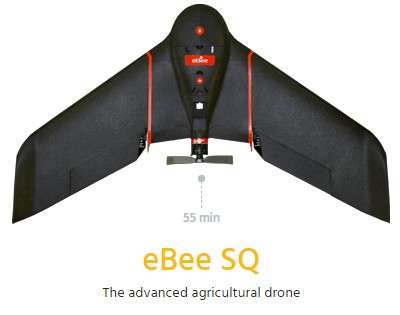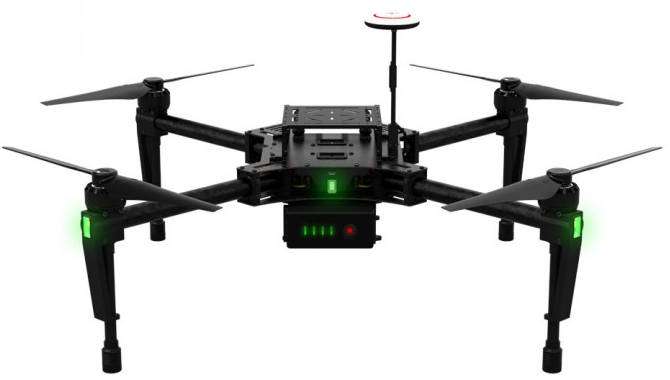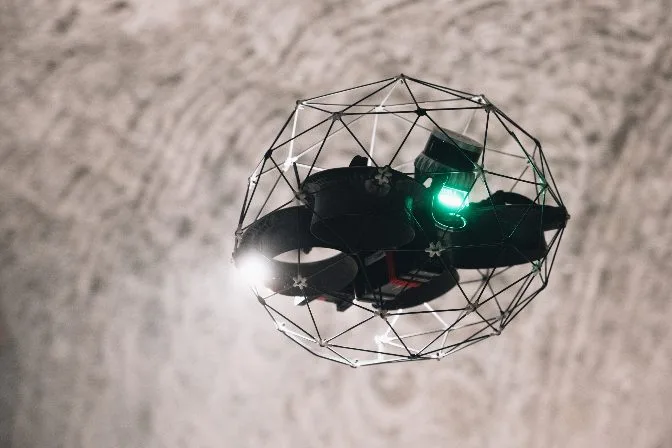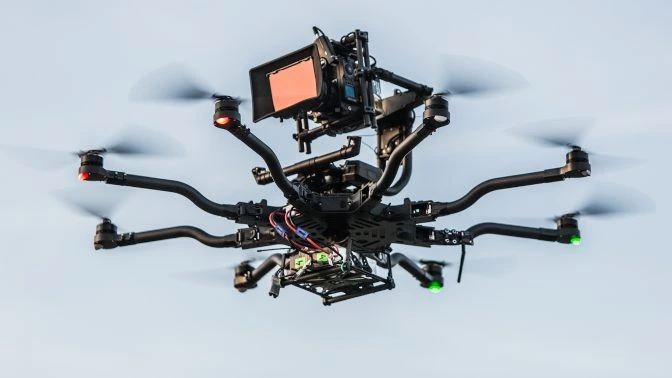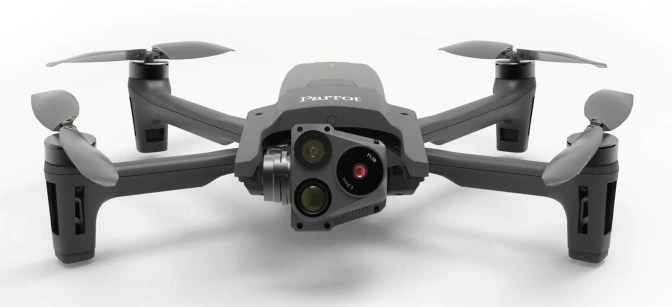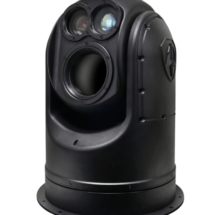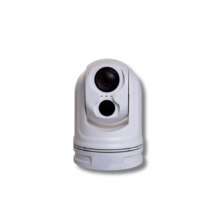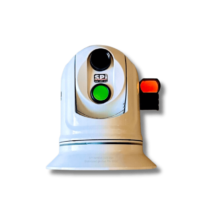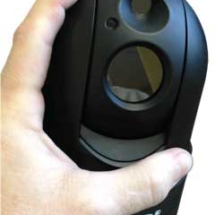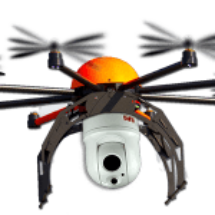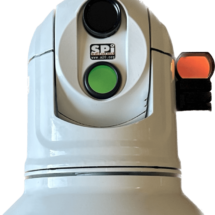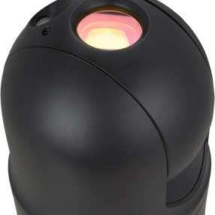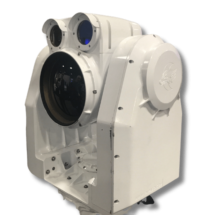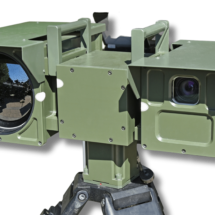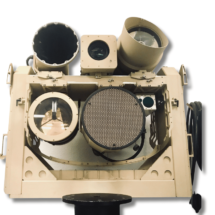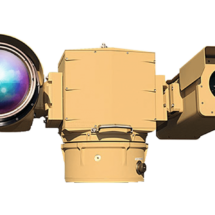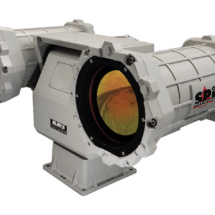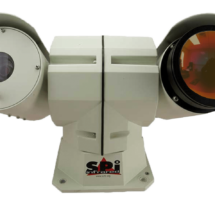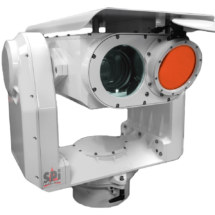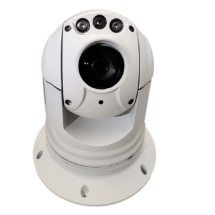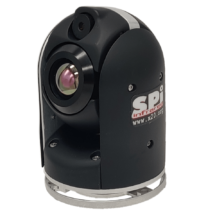What is the difference between a UAV and a Drone?
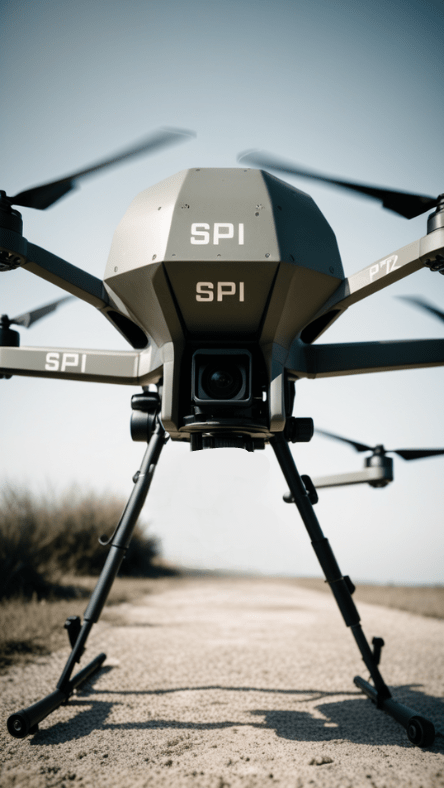
Introduction
UAV and Drone Differences
Unmanned aerial vehicles (UAVs) and drones are terms often used interchangeably in today’s technological landscape, creating a common misconception that they represent the same concept. However, despite their similarities, these two entities possess distinct characteristics and functionalities that set them apart. UAVs, a broader category, encompass any aerial vehicle that operates without a human pilot on board, ranging from sophisticated military aircraft to simple recreational quadcopters.
Drones, on the other hand, are typically associated with simpler, consumer-grade devices that are used for photography, surveillance, or recreational purposes. In this discussion, we will delve into the nuanced differences between UAVs and drones, exploring aspects such as their design, application, control systems, and regulatory frameworks to provide a comprehensive understanding of each term and their respective roles in the realm of aviation and technology.
UAV and Drone Main Differences:
When the term “UAVs” (Unmanned Aerial Vehicles) is mentioned, it often conjures images of sophisticated and high-tech aircraft employed by governments and military forces for critical and complex operations.
Unmanned Aerial Vehicles (UAVs) represent a broad category of aircraft that operate without a human pilot on board, with applications ranging from surveillance and reconnaissance to combat and logistics. The U.S. government, particularly the military and various federal agencies, leverages an array of sophisticated UAVs for critical missions and operations.
UAV Advanced Technology:
Notable examples include the MQ-9 Reaper and RQ-4 Global Hawk, which are employed for long-endurance, high-altitude surveillance, and intelligence gathering, capabilities that far surpass those of standard consumer drones. UAVs in this context are equipped with advanced sensor suites, communication systems, and propulsion technologies, enabling them to operate in challenging environments, cover vast geographical areas, and execute precision tasks. Their ability to carry larger payloads and integrate with military networks allows for applications such as real-time data sharing, targeted missile strikes, and extended missions in hostile territories, tasks that are beyond the reach of smaller, less capable drones.
By harnessing the power of these advanced UAVs, the U.S. government is able to maintain situational awareness, enhance national security, and execute complex operations with a level of precision and efficiency that consumer-grade drones simply cannot achieve.
USA Government UAVs
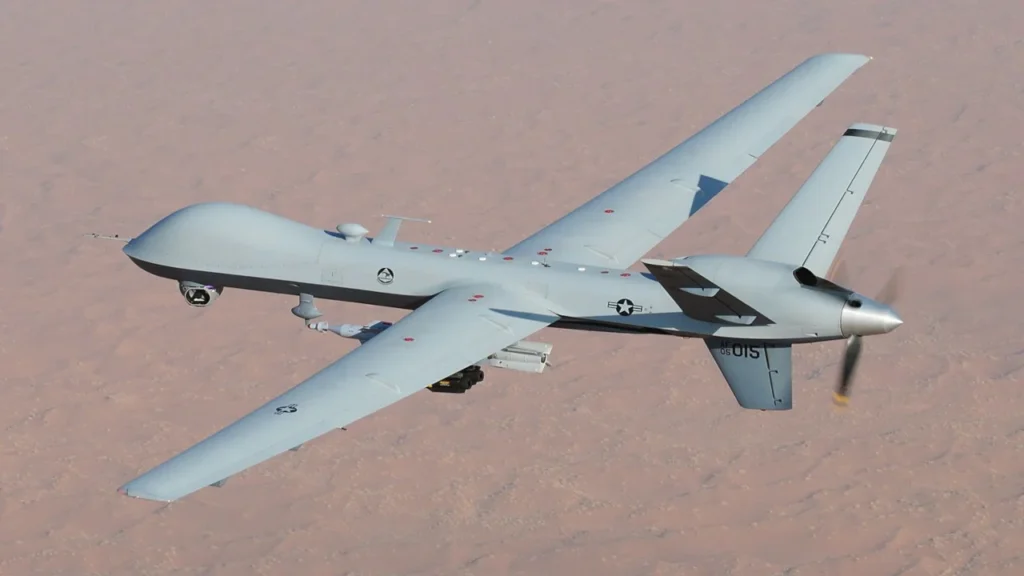
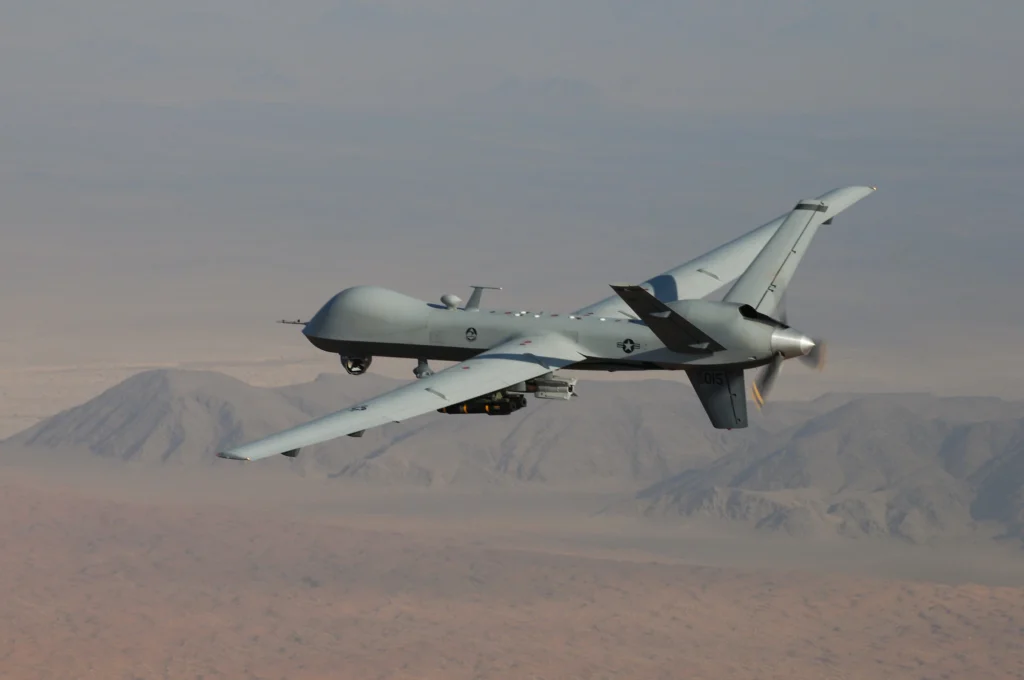
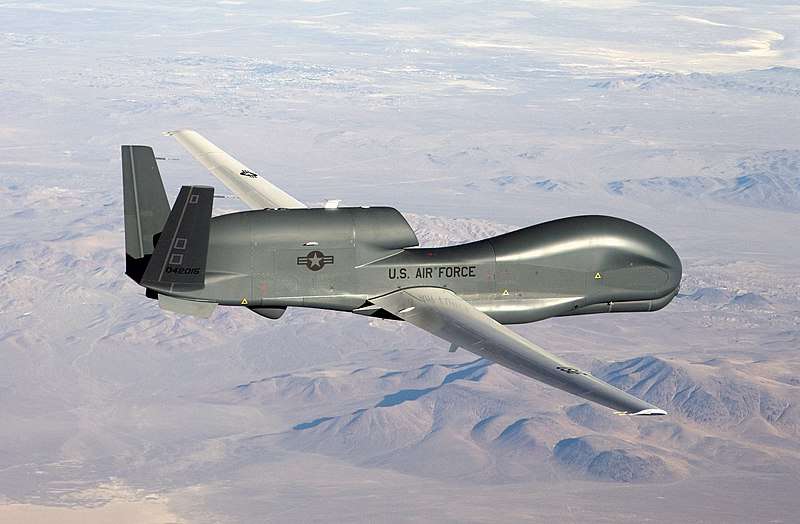
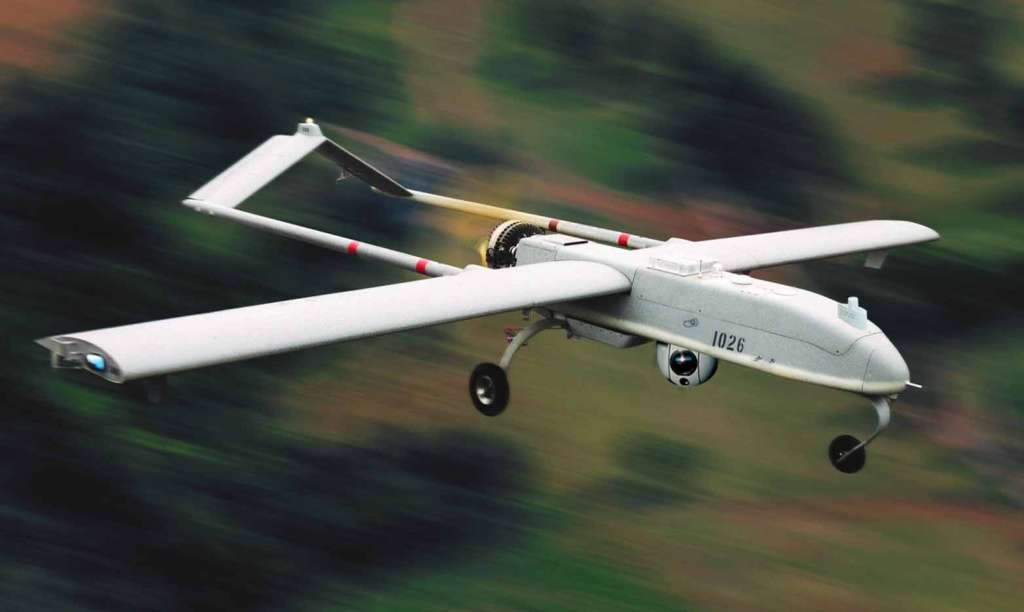

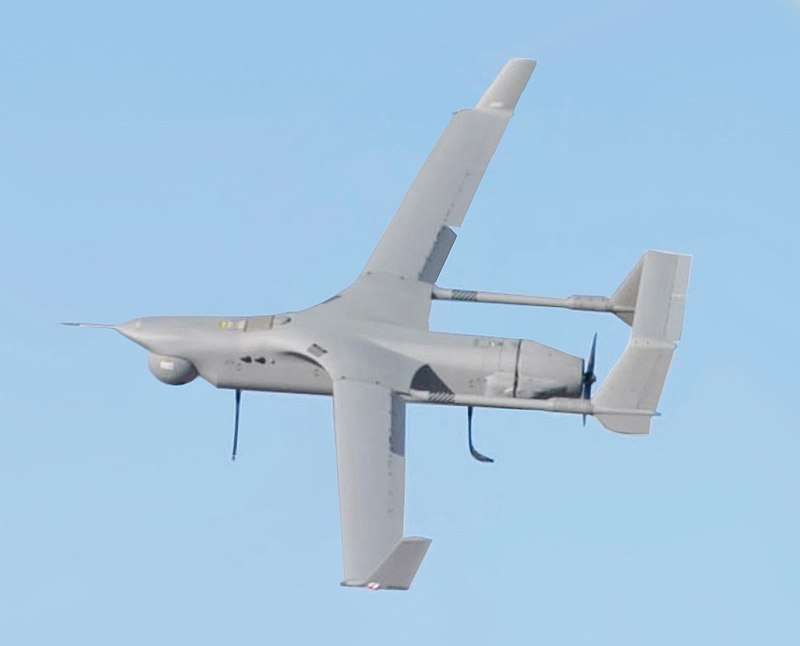

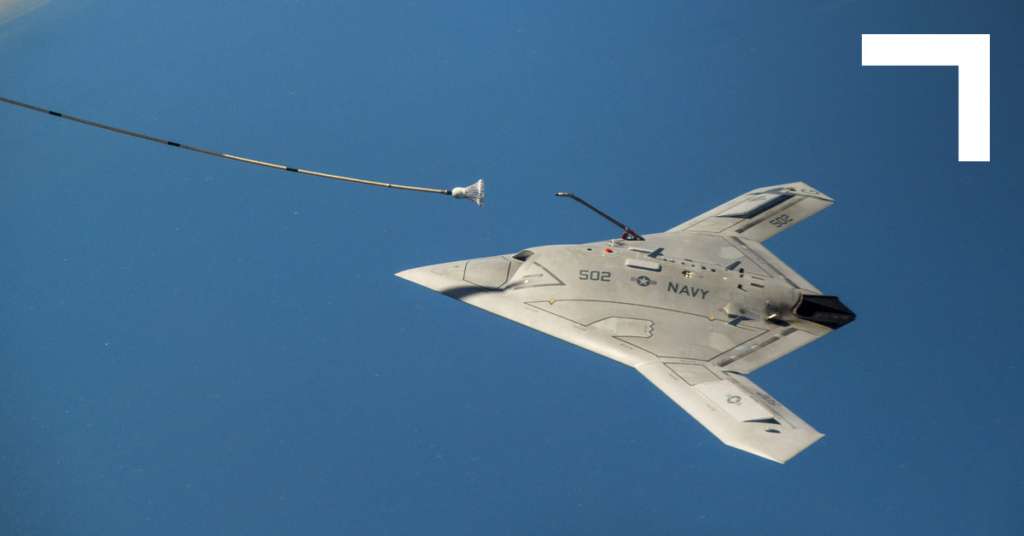
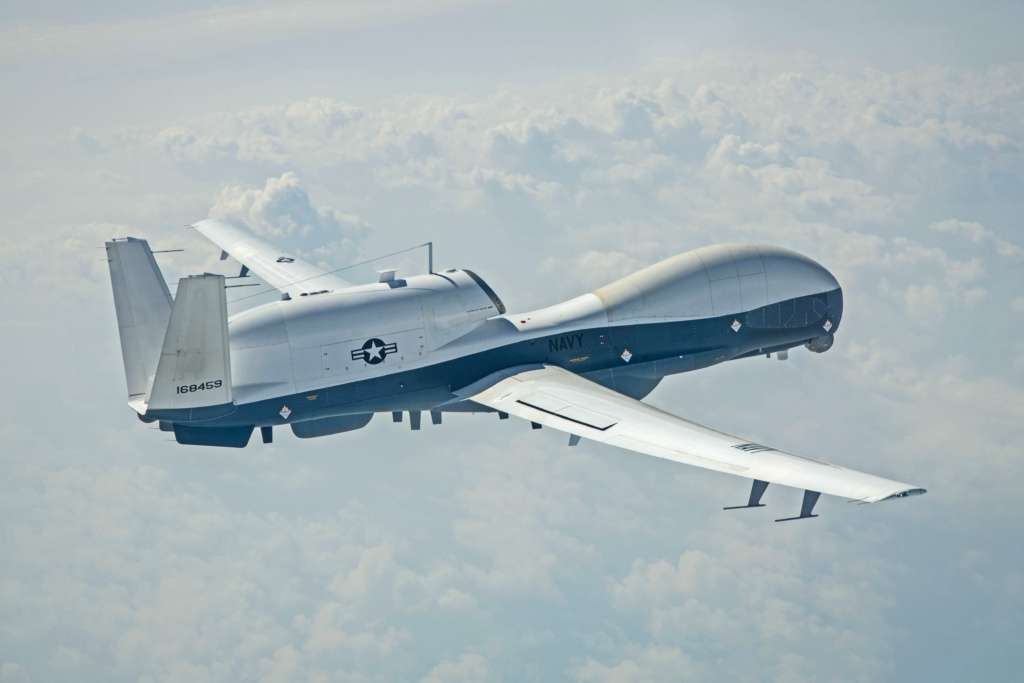
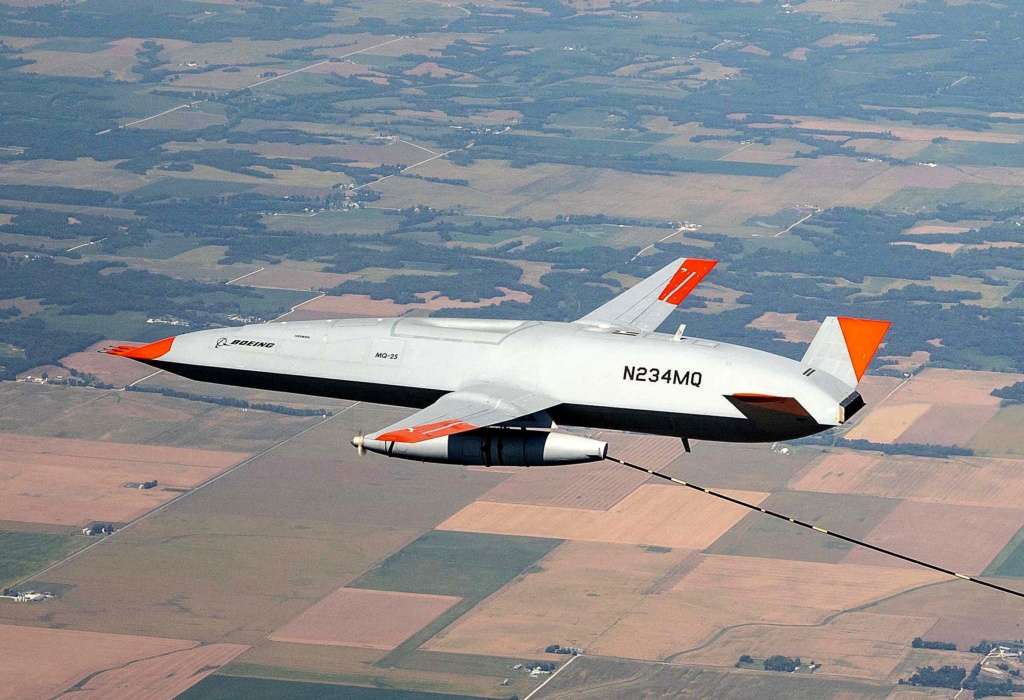
Drones and Their Main Differences:
When the term “drones” is used in everyday conversation, it is most commonly in reference to commercial drones. These are the types of unmanned aerial vehicles (UAVs) that have become prevalent in various sectors, ranging from photography and agriculture to real estate and emergency services. It is crucial to note that commercial drones fall under the broader category of UAVs, as the term UAV encompasses any type of aircraft that operates without a human pilot on board. This includes not only the consumer-grade quadcopters but also the sophisticated unmanned aircraft used by militaries and government agencies around the world. While commercial drones and UAVs are interconnected, understanding the breadth of the UAV category helps in appreciating the extensive range of unmanned aerial technology and its applications.
Drone Technology and Uses:
Unlike the sophisticated UAVs employed by the U.S. government, drones are commonly used for photography, videography, agricultural surveying, and recreational flying. Popular models like the DJI Mavic and Phantom series have revolutionized the way we capture aerial imagery, providing unprecedented access to aerial perspectives for professionals and hobbyists alike. While they may lack the advanced capabilities, payload capacity, and endurance of military-grade UAVs, drones excel in their accessibility and user-friendliness, often requiring minimal training to operate.
Their smaller size and agility make them ideal for close-range tasks, such as inspecting infrastructure, monitoring wildlife, or capturing cinematic footage. However, their limited range, battery life, and payload capacity mean that they are not suited for long-duration missions, high-altitude surveillance, or carrying large equipment, distinguishing them from the high-performance UAVs used in national security and military operations. Despite these limitations, drones have opened up a world of possibilities in various industries, democratizing aerial technology and providing valuable tools for innovation and creativity.
Welcome To UAV1
All Things Thermal
At UAV1 we specialize in advanced thermal, night vision, and IR imaging cameras and systems. We custom design and build comprehensive long range surveillance cameras for mounted, vehicle, and mobile imaging operations.
Long Range Thermal Imaging PTZ Cameras
Long Range Thermal PTZ Cameras with IR rangefinders, auto-tracking, and up to 60km detection range.
Thermal Drone Cameras For Commercial and Personal Use
Micro thermal cameras designed specifically for drones, UAVs, and UAS, some weighing less than 160 grams, for extended range observation.
Night Vision Products
Night vision scopes, clip-on sights, accessories, and goggles tailored for military and hunting applications.
About UAV1
At UAV1, we harness the power of thermal imaging to offer solutions tailored to your company’s specific needs. Whether you’re looking to monitor infrastructure, conduct surveillance in low-light conditions, or detect energy inefficiencies in buildings, our state-of-the-art thermal cameras can provide unparalleled insights.
But why choose UAV1?
- Advanced Technology: Our thermal cameras are equipped with high-resolution sensors, ensuring that you receive clear and detailed thermograms for accurate analysis.
- Versatility: Suitable for a range of applications, our solutions can be customized to fit your industry’s requirements.
- Expertise: Our team of professionals is well-versed in the intricacies of thermal imaging, ensuring that you get the most out of our technology.
- Continuous Support: From initial consultation to post-deployment assistance, we’re with you every step of the way.
Thermal imaging is more than just a tool; it’s a window into a world unseen. Discover its potential and elevate your company’s operations to new heights. To explore how UAV1 can be your partner in this journey, contact us today.
